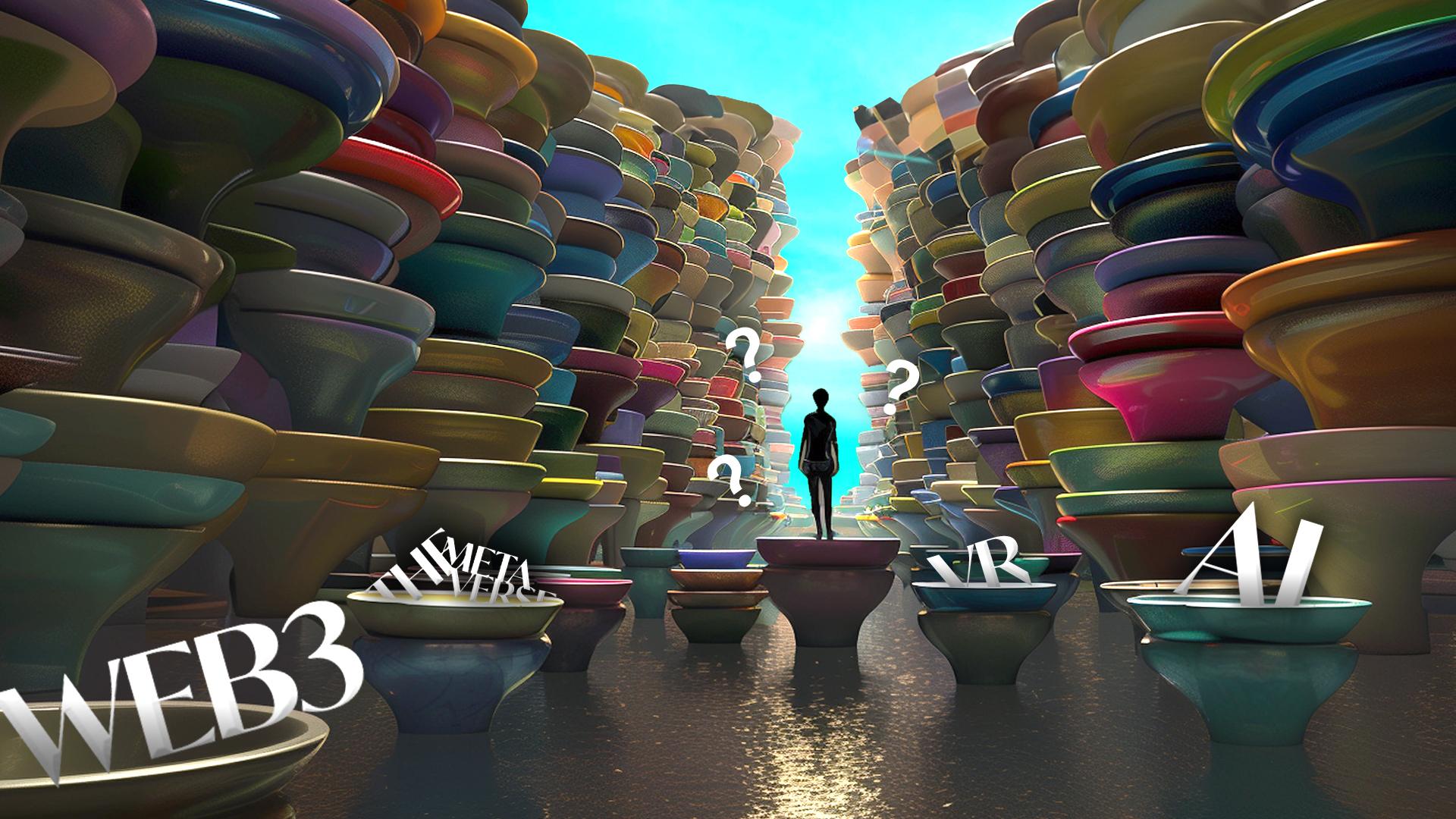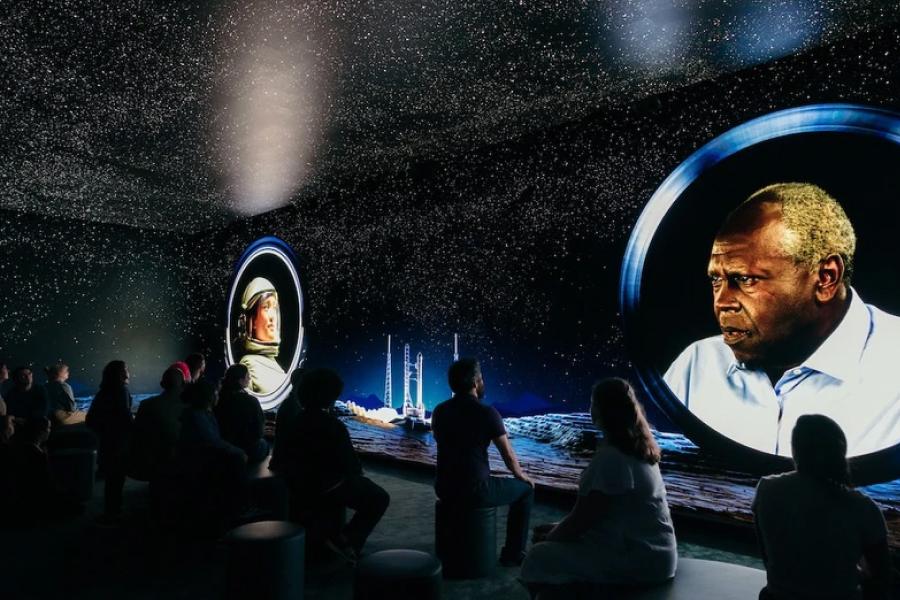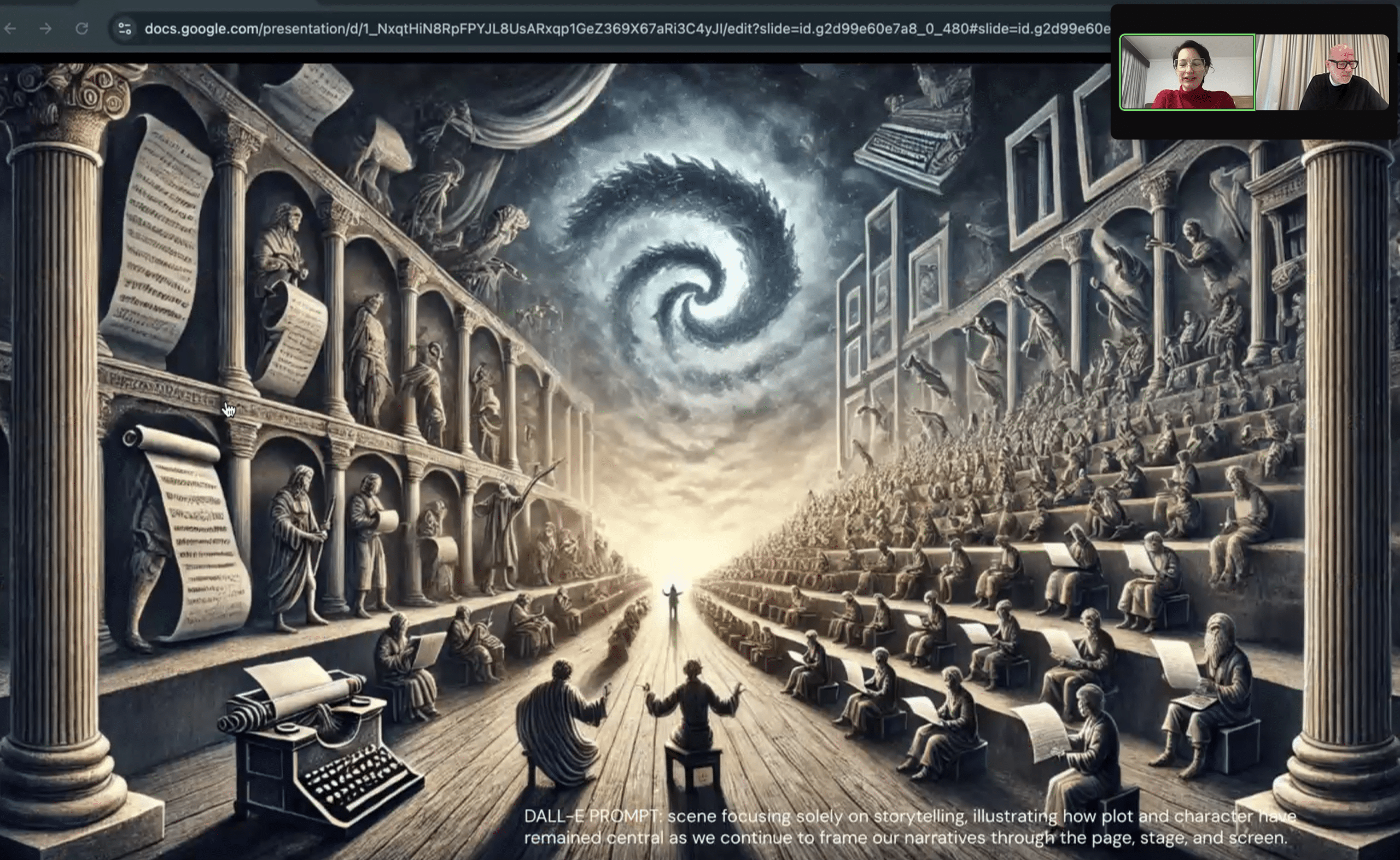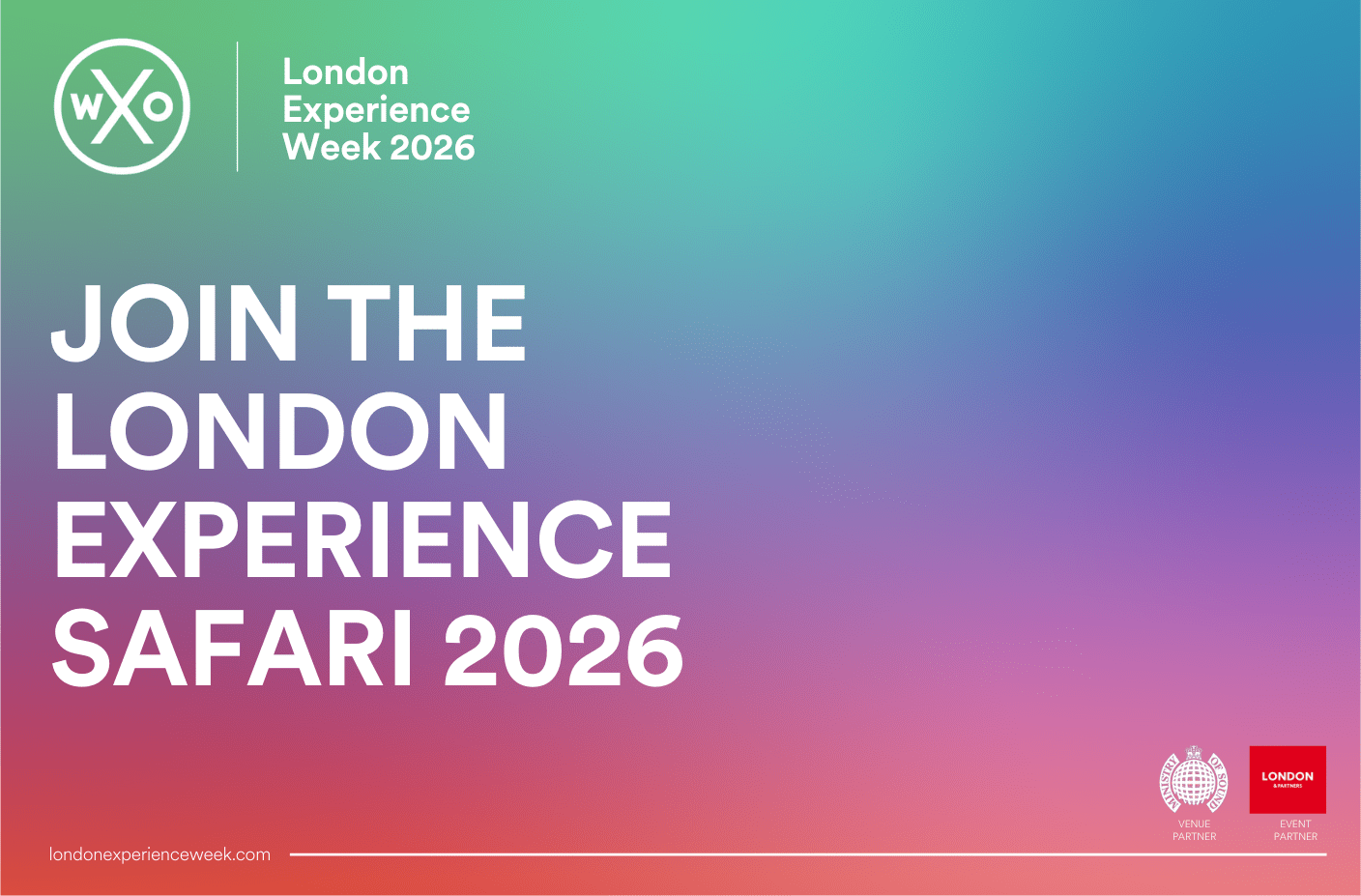The new, unchartered world of Web3 needs rails, guidelines, and a shared reality we can gather around to agree, disagree, and discuss.
We’re in a very exciting time, but also one of unprecedented change. Innovation is happening at an exponential rate, and human experience and expectations are constantly evolving in line with that – particularly in younger generations who are very comfortable with having multiple identities, including a digital identity.
The move from Web1 (passive) to Web2 (social) is now being mirrored in the move to Web3 (metaverse). Just like these first two iterations of the internet, Web3 comes with different behaviours and different expectations – see our Web3 Firestarter for more.
According to Arthur C Clarke’s 3rd Law, “Any sufficiently advanced technology is indistinguishable from magic”. And there’s something magical in what we can create with this third iteration of digital and the internet.
Now that immersive experiences can come alive in virtual worlds, we need to understand what that looks like and how to do it in a way that guides engagement and has a meaningful impact for brands that want to invest.
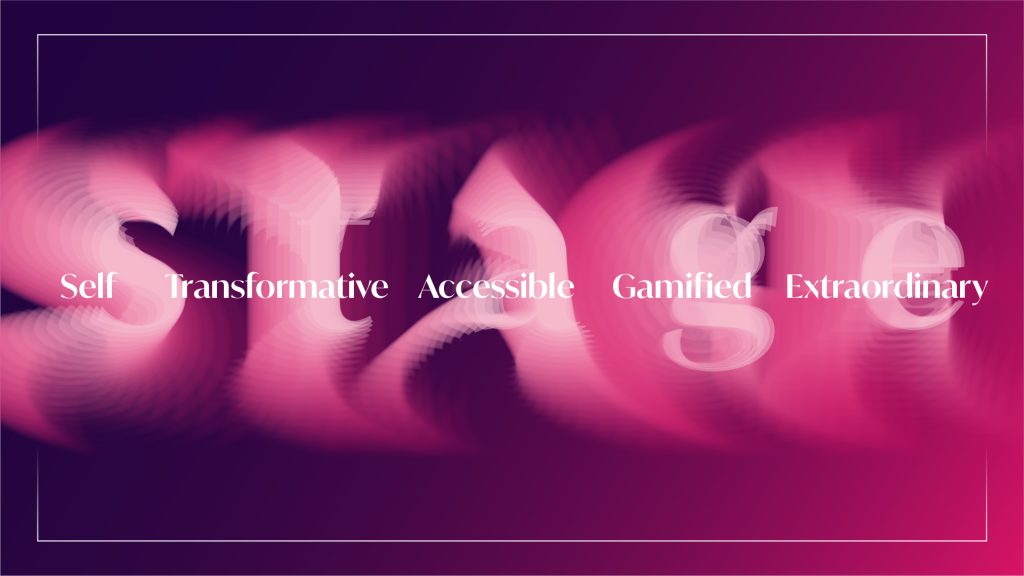
This is why Arq, an innovation lab specialising in the future of experience across multiple realities including augmented, virtual, mixed, gaming, virtual spaces, Web3, and blockchain, have put together a new framework to codify these behaviours for effective immersive experiences.
The framework is based on research born out of speaking to experts already pioneering in relevant areas like Web3, the metaverse, VR, gaming and so on, alongside peer-reviewed papers.
Arq also surveyed 550 people who had all had some form of augmented, virtual or gamified experience. As a result, Arq’s behavioural science consultant identified five key levers that are effective drivers of successful Web3 experiences.
Arq’s MD and Co-Founder, Charlotte Bunyan, shares how you can set the STAGE to craft effective and meaningful brand experiences that deliver measurable impact in virtual worlds and extended reality: Self, Transformative, Accessible, Gamified, and Extraordinary.
Self: Focused Around The Consumer
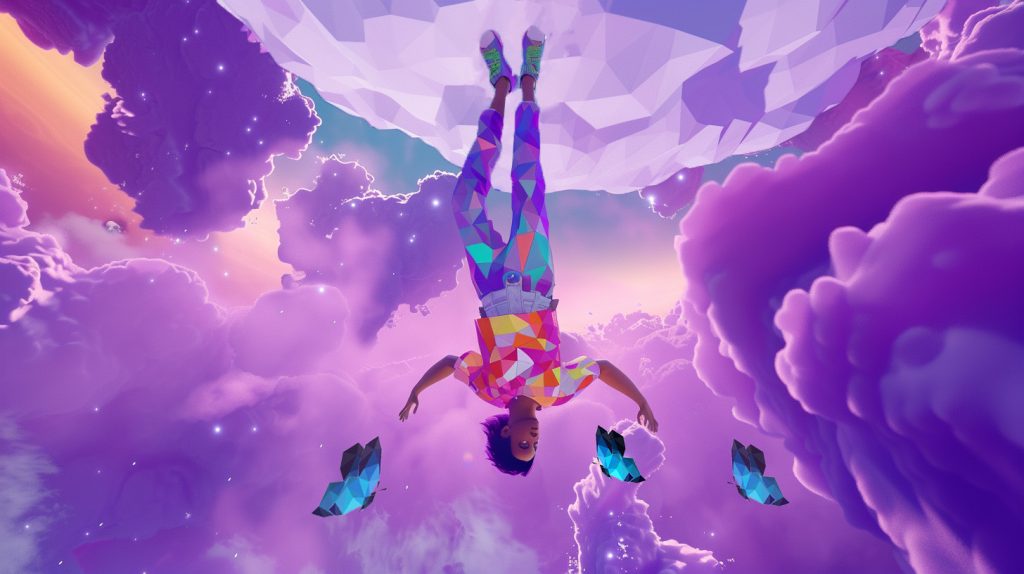
It’s no surprise that a great experience should always be focused around people experiencing it – and this is even more true for Web3, which is democratised and personalised.
Web3 presents an opportunity for people to play with their identity, express creativity, have control over how they’re perceived, feel a sense of ownership, and show up in different ways. This could mean self-identity, and/or showing up as part of a community.
“It gives an opportunity for consumers, through notions of self-sovereign identity, to control the way that their personas are perceived in the digital world.” – Mark Lycett, Professor of Digital Innovation, Royal Holloway
For brands, it offers a chance:
- For people to try our new versions of themselves. See Zara’s experiments on TikTok’s “immersive avatar-based social universe”, ZEPETO.
- Put themselves into the experience. See the NBA’s augmented reality billboards that allow people to feel part of the team.
- Express their digital identities. See luxury brands creating versions of their products on platforms like Fortnite or Roblox to cut through where traditional channels are struggling.
- Create personalised experiences or moments to develop characters in virtual worlds, giving people a sense of control.
The psychology behind this is called The Proteus Effect, and refers to manifestation: the idea that your behaviour in a virtual world is changed by the characteristics of your virtual identity. If you’re given a tall, powerful avatar, for example, it will come through in subsequent face-to-face, real-world interactions. In Ready Player One, for example, the characters play with avatars very different to their “real” lives, but eventually there’s a blurring of the lines.
Transformative: A Form Of Change And Action

Web3 can be inspiring, meaningful, and uplifting, with the potential to make people’s lives different and fulfil their needs. It can also change how people view, interact and collaborate with a brand.
“It’s about helping people to understand products in an interactive way that gets them excited… and gets them perhaps to understand the product in a deeper way than they could.” – Henry Stuart, Co-Founder and CEO, VISUALISE
For brands, it offers a chance to:
- Make your product their own. Beauty and clothing brands have had great success with virtual try-on tools, especially during the pandemic, helping them increase conversion, reduce returns, and improve the customer experience.
- Inspire new possibilities. For example, you can see what a Porsche would look like sitting in your driveway, turning a moment of fantasy into a reality.
- Enhance your mood. There’s a lot of negativity around being constantly attached to your device, but brands like Headspace are showing a more positive route. They created an immersive XR experience accessed through MetaQuest with mood-boosting games and meditations to take you out of the physical moment.
- Help decision-making. For example, hotel brands can use the metaverse to show you what a space might actually look like, or an architect could do the same in your home.
The psychology behind this is called Oceanic Experiences, where we feel at one with the universe and can access a sense of meaning and purpose. It also refers to flow, transcendence and being absorbed in the present moment, something particularly pertinent for gaming.
Accessible: Open, Easy To Use, & Authentic
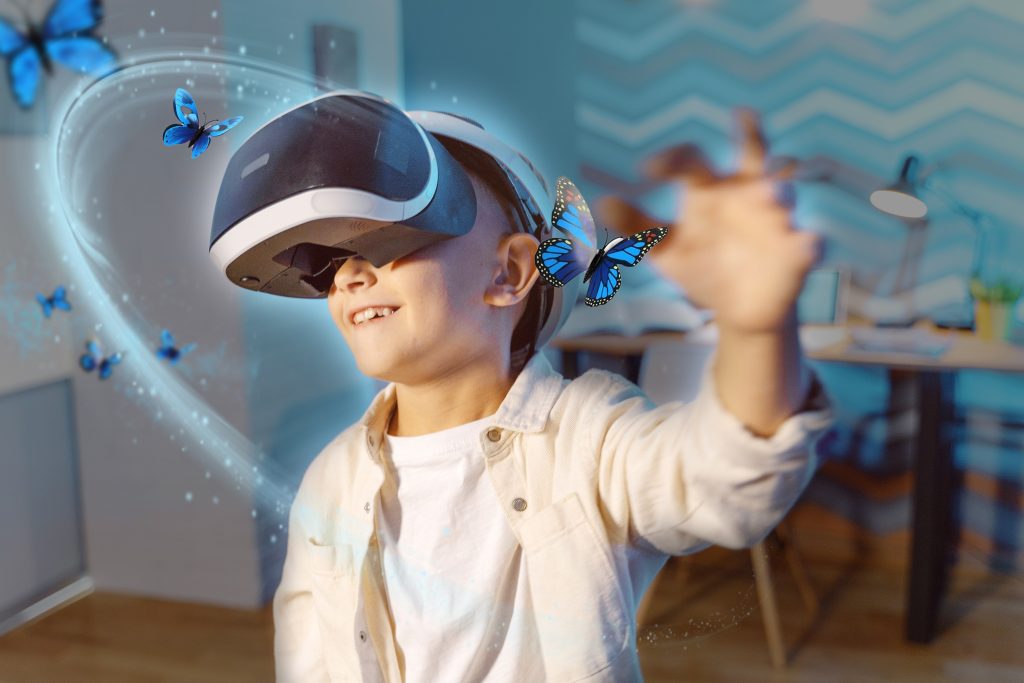
Web3 offers an opportunity for brands to speak to audiences authentically and in their native habitat. Access used to be a real barrier, but the more the technology becomes financially accessible and not cumbersome to engage with, the greater the uplift and number of people who will experience it in a positive way.
“It’s going to have to be seamlessly integrated into their phone, their watch, their car or their browser or what have you. They’re not going to work hard to do it” – Will Jeffrey, NED, Consultant & Producer for games marketing, creative & media businesses
For brands, it offers a chance to:
- Foster digital inclusivity. Brands can now reach a much wider audience online and still give them a positive, engaging experience. See concerts in Roblox by the likes of Lady Gaga and Travis Scott, or the Olympics partnership showing art at the Louvre within the platform.
- Capture attention effortlessly. Fake Out Of Home (FOOH) advertising like Maybelline‘s Tube stunt grabs eyeballs with a campaign that doesn’t exist in the real world, only through social media or word of mouth.
- Make it easy. At Metaverse Beauty Week, a non-playable character (NPC) guided people through the experience, providing educational content in advance.
- Connect authentically. It’s not about just taking a billboard and putting it in Fortnite, but instead really connecting with the audience who are already there, as in the recent League of Legends campaign.
The psychology behind this is called Expectancy Confirmation Theory. This refers to your expectations of an experience: if it is ticketed or paid, for example, your audience’s expectations will increase.
Gamified: Engaging And Social Experiences
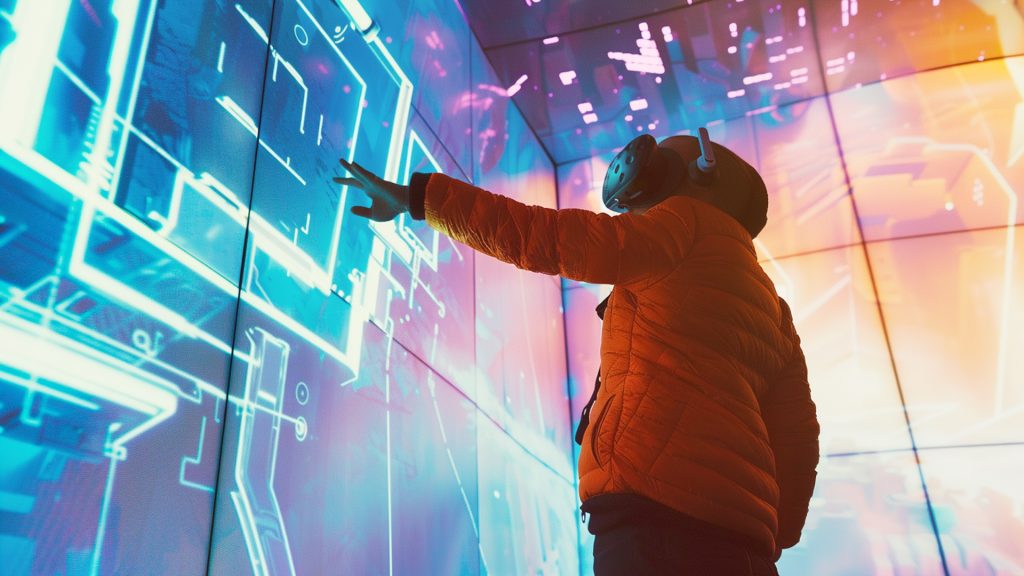
Gamification is a hot topic even outside of the gaming world, and Web3 offers the opportunity for more interesting, engaging and social experiences in buckets. This isn’t just about gamified metrics, but instead has three key elements: a sense of achievement, a shared experience, and not taking yourself too seriously.
“Those environments are, at the core, very social. In the same way as I used to get back from school, go on MSN, the same thing is happening on Roblox.” – Albane Prioux, Insights & Partnerships Director, GEEIQ
For brands, it offers a chance to:
- Socialise and play. Walmart built Walmart Land on Roblox as a place where people can meet, play, and get rewarded with digital merch and social kudos.
- Make it fun. Deliveroo set up a space within Animal Crossing where players could be rewarded with digital snacks.
- Compete and win. At Metaverse Beauty Week, Neurogena brought their product to life and rewarded people for interacting and levelling up, resulting in multiple repeat visits and time spent playing.
- Make it a game. AR scavenger hunts are a successful way of giving kudos and providing interaction between the real and augmented worlds.
The psychology behind this is called The Generation Effect. As humans, if we’re involved and interacting in some way – solving a problem, competing, finding, being rewarded – it becomes much more memorable, and a richer and stickier connection.
Extraordinary: The Theatre Of The Possible
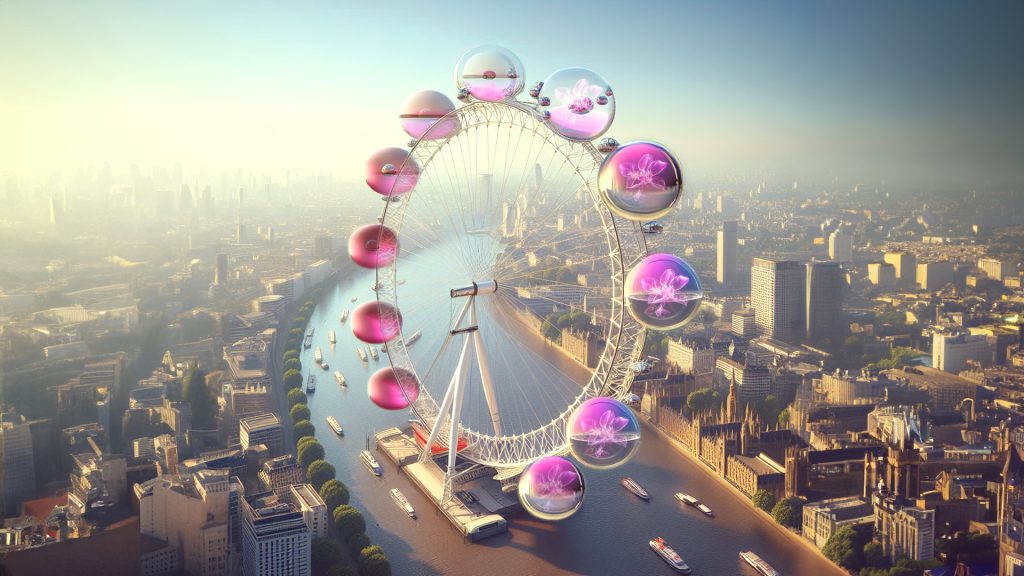
Web3 gives us the opportunity to craft out-of-this-world moments, free from the physical constraints of reality and bound only by our imagination. These experiences are full of wonder and surprise, fantastical, unusual, and unique, as well as boast-worthy.
“You can feel that moment of wonder and of surprise because it isn’t real. It’s a little like Charlie and the Chocolate Factory – fantastical things that don’t exist in real life.” – Charlotte Bunyan
For brands, it offers a chance to:
- Surprise people. Animated billboards are an unexpected addition to the everyday, making a mark in people’s daily lives.
- Embrace the surreal or impossible. NASA’s Access Mars with Lockheed Martin was a multiple-person, augmented reality experience that inspired the younger generation around engineering by taking them to “Mars”.
- Spark awe and wonder. Take the mixed-reality experiences surrounded by digital content and AR moments at Outernet, such as The Butterfly Trail.
The psychology behind this is called Exploratory Preferences. Even though we live in a very global world, the recent experience of the pandemic means we’re still seeking escapism from the everyday – an opportunity to pioneer and explore that may not be possible in the real world.
Which Levers Predict Success?
The five levers sit together, but depending on what you’re trying to achieve with your experience a combination of different levers will deliver different outcomes.
If you’re trying to change perceptions of your brand, for example, Transformative and Extraordinary index high. If you want people to carry out a given action, Transformative and Gamified (a proven mechanic for interaction) index high. And for reach or fame, Gamified and Extraordinary outweigh all the others to ensure you’re creating something highly memorable.
The WXO Take-Out
As Adweek magazine said in 2023:
“The promise of immersive advertising is clear: invite direct emotional connections between brands and consumers and don’t get in the consumer’s way with interruptions that annoy instead of inspire.”
Web3 offers a massive opportunity to extend many of the elements you’re likely already designing into your experiences – identity play, co-creation, transformation, inclusivity, peak moments – into new virtual realms, connecting with a wider audience than might be possible in the real world and inspiring them in new ways.
So next time you’re designing an experience, ask yourself:
- Which of the five STAGE levers do you think are most important and why?
- How do you currently use any of these behavioural principles to create effective experiences?
- What excites or interests you most about the potential for Extraordinary and Gamified elements to be baked into wider brand activations?
Want to come to live Campfires and join fellow expert experience creators from 39+ different countries as we lead the Experience Revolution forward? Apply to join the WXO today.

